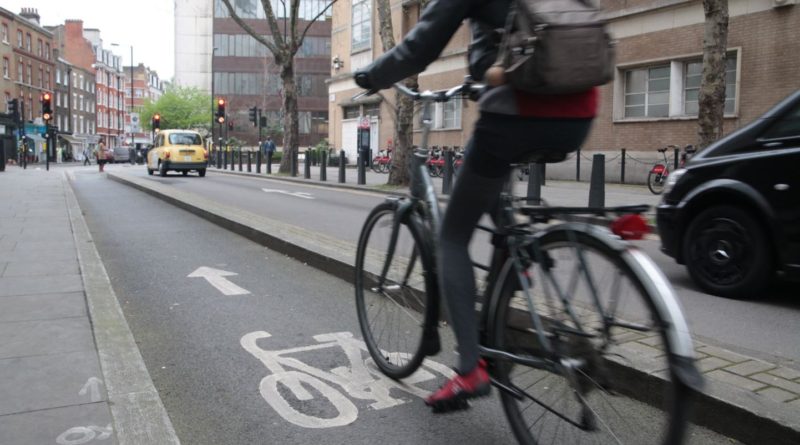Sustrans’ and the software that could hand the UK cycling infrastructure design standards
Software created by Transoft and currently being tested by sustainable transport charity Sustrans’ could help city planners better understand the arguably widening range of considerations undertaken in the development of safe cycling infrastructure.
Over the past year the organisation has been working with riders of bikes large, small, wide and long to capture the real footprint and associated requirements in infrastructure terms.
As a result, questions are being asked of the “that’s how we’ve always done it” infrastructure that exists on cycle paths, but in practice does not necessarily serve the purpose well. With increasing use of cargo bikes for logistics purposes, individuals and businesses are calling for an update to city cycling infrastructure design.
One key example, illustrated in the software demo below by Giulio Ferrini, Sustrans’ Head of Built Environment, is how different cycles struggle with some of the more typical barrier arrangements put on cycle paths. As the data-drawn cyclist footprint demonstrates on screen, standard cycles may pass, but recumbents, cargo bikes and parents with trailers may find themselves unable to pass.
“We have designed some experiments to understand how cycles move. We went out on the streets of London and recorded key data such as the speed, lean angle and how tight we could turn bends. We recognised there was a gap in the tools available when designing cycle infrastructure,” starts Ferrini.
The trial version of the software enables the charity to simulate design functionality accounting for the wheelbase and width of various cycles. With a digital preview the software can pick up when turns are too tight, or simply unviable at typical speeds, which could be invaluable information to city planners.
Sustrans’ is now suggesting the findings will be used to develop design across the National Cycling Network for which it is largely tasked with looking after.
“We hope planners and local authorities will use the software to ensure that the needs of people cycling are given the attention they deserve. And that existing and future infrastructure be designed to be inclusive and accessible to all,” wrote Ferrini in a blog summarising the progress.
The software is the equivalent to the AutoTurn programme used to create road solutions for motorists, from car users to large trucks.
Should Sustrans’ share its findings this might well prove a big forward step for infrastructure design for cyclists and non cyclists alike. As it stands there is no UK national design standard. With better simulated understanding such standards would in theory be easier to pass into law.
Where built properly, cycling infrastructure has been shown to create substantial behavioural change in transport use. In a recent Danish study it was demonstrated that the creation of safe lanes came with a 23% increase in cyclist numbers versus data stretching back to 2010.
Hear how Sustrans’ is putting the software is being put to use below:



